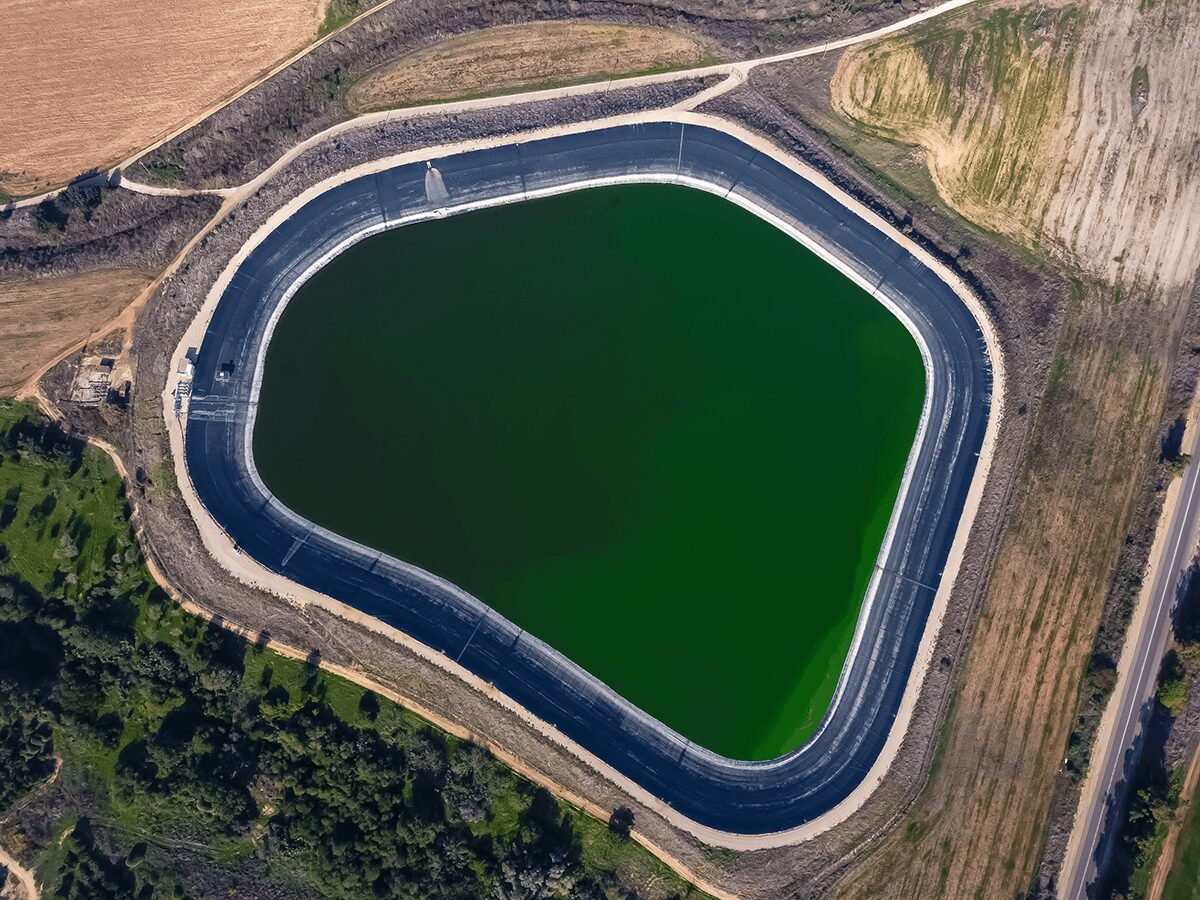- +254 798 216 143
- sales@tingashare.com
- Baba Dogo Road, Ruaraka, Nairobi, Kenya
Designing Resilient Dams: Key Considerations for Engineers

As guardians of water resources and promoters of sustainable development, dams stand as monumental engineering feats. However, the success and longevity of these structures heavily rely on the meticulous planning and design efforts of engineers. Designing resilient dams involves navigating various challenges and considering a myriad of factors to ensure not only their functionality but also their safety and environmental sustainability.
1. Site Selection: The Foundation of Resilience
Choosing the right location for a dam is paramount. Engineers must assess geological conditions, topography, and seismic activity to determine the suitability of the site. A robust foundation is the first step in ensuring the resilience of the dam against natural forces.
2. Hydrological and Meteorological Studies: Understanding Water Dynamics
Comprehensive studies of local hydrological and meteorological patterns are essential. Engineers need to predict the potential inflow of water and understand rainfall patterns to design dams that can efficiently capture and manage water resources, preventing both droughts and floods.
3. Structural Design: Balancing Strength and Flexibility
The structural integrity of a dam is of utmost importance. Engineers must strike a delicate balance between strength and flexibility, ensuring that the dam can withstand the forces exerted by stored water while also adapting to changes in load and environmental conditions.
4. Environmental Impact Assessment: Harmony with Nature
Responsible dam design includes a thorough environmental impact assessment. Engineers must consider the ecological footprint of the dam, its impact on local flora and fauna, and the potential for downstream changes in river ecosystems. Sustainable designs aim to minimize adverse effects on the environment.

5. Emergency Preparedness: Mitigating Risks
Resilience goes hand in hand with preparedness. Engineers must incorporate emergency spillways, monitoring systems, and evacuation plans into the design to mitigate risks associated with dam failure or extreme weather events.
6. Materials Selection: Durability and Sustainability
Choosing the right materials is critical for the longevity of a dam. Engineers need to consider factors such as the corrosiveness of water, potential sedimentation, and the overall durability of materials to ensure that the dam can withstand the test of time.
7. Community Engagement: Building Trust and Collaboration
Resilient dams are not just engineering structures; they are integral parts of communities. Engineers should engage with local communities, consider their needs, and address concerns to build trust and ensure the long-term success of the dam.
Tingashare: Engineering Excellence for Resilient Dams
At Tingashare, we recognize the significance of resilient dam design in ensuring sustainable water management. We offer:
✅ State-of-the-Art Equipment: Access the latest and most efficient construction equipment for dam projects.
✅ Expert Consultation: Benefit from the expertise of Tingashare professionals who understand the intricacies of dam design.
✅ Comprehensive Support: Tingashare provides end-to-end support for dam projects, from planning to execution.
By partnering with Tingashare, engineers can harness the tools and expertise needed to design and construct resilient dams that not only meet engineering standards but also contribute to the overall well-being of communities and the environment. Together, we engineer a future where dams stand as symbols of resilience and sustainability.
